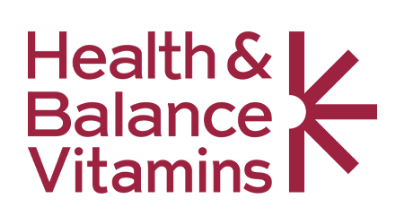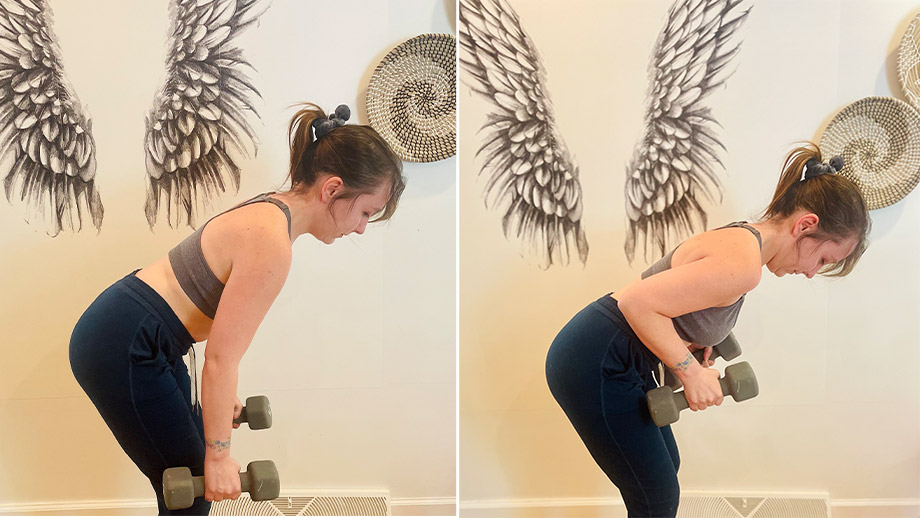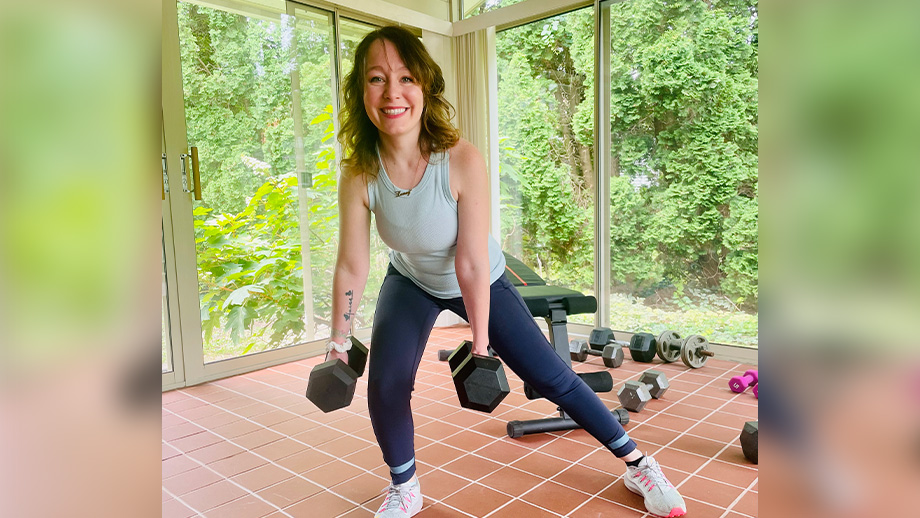Yoga has been shown to effectively assist in managing many health problems, including polycystic ovarian syndrome (PCOS). In this article, we’re jumping in to explore the many benefits of practising yoga for PCOS – and why it may be a great time to start.
What Is Yoga?
Yoga is an ancient practice that promotes health and well-being by combining meditation (dhyana), controlled breathing (pranayama), and postures (asana). The main purpose of yoga is to reach the higher state of consciousness where there is no stress or concerns, just pure bliss, happiness & freedom.
A level of complete thoughtlessness.
Patanjali, a Hindu Philosopher who is said to be the founder of yoga, created the path of ‘Ashtanga’ which is also known as eight (Ashta) limbs (anga). These eight limbs or ‘steps’ act as guidelines on how to live a purposeful and meaningful life. The eight limbs consist of:
- Yama – Self restraint
- Niyama – Observance & self-purification
- Asana – Posture
- Pranayama – Breath Control
- Pratyahara – Withdrawal of senses
- Dharana – Concentration of the mind
- Dhyana – Meditation
- Samadhi – Super-consciousness
Can I Do Yoga If I’m Not Flexible?
I have often found that many people are reluctant to try yoga for PCOS because they “aren’t flexible”. Or because they can’t fold themselves into a pretzel, like they might have seen an influencer do on social media.
Of course, I try to remind people that social media isn’t always as it seems, and it has taken those influencers years to get to that level of yoga; it doesn’t happen overnight. Everyone must start somewhere; if you can breathe, you can do yoga.
If you have challenges with breathing, yoga is also beneficial for you; yoga is for everyone. Further, the beauty of yoga is that you can adapt every asana (posture/pose) to suit your ability and your body’s needs.
If something doesn’t feel quite ‘right’, make an adjustment. Similarly, if something is currently beyond your reach, make an adjustment. Yoga should never be a competition; the sole focus should be on you, how it benefits you, and what you get out of it.
Some days, I will only do a 5-minute stretch because I’m tired & have little to no energy. Still, I have now realised how much of an impact yoga has on my body and I really notice the days where I don’t do any, so 5 minutes is better than nothing; any movement is good movement!

Yoga Motivation / Lucy Janes
The Benefits of Yoga for PCOS
Some of the key benefits of yoga for PCOS include:
1. Supports Cycle Regularity & Fertility
Irregular menstrual cycles are one of the more obvious symptoms of PCOS, which in turn, can also cause fertility challenges. As yoga is known to reduce stress levels, help with promoting hormonal balance & regulating menstrual cycles – all of which can increase the chances of conceiving.
Notably, there are a number of asanas that can support hormonal balance by improving blood flow to the Uterus and helping to stimulate the Endocrine system and reproductive organs.
For example, the Camel (Ustrasana)[6], Cat/Cow (Marjaryasana/Bitilasana)[7], and Cobra (Bhujangasana)[8].
2. Improves Insulin Sensitivity
Insulin resistance is one of the more common symptoms for people with PCOS, which can lead to high blood sugar levels, weight gain, and a much higher risk of developing diabetes later in life.
With the regular practice of yoga, insulin sensitivity can be improved by reducing inflammation and oxidative stress (the imbalance of antioxidants & free radicals) in the body.
3. Aids In Stress Reduction
Stress can be a major contributor to the imbalance of hormones, which can intensify PCOS symptoms. Importantly, yoga helps activate the Parasympathetic nervous system – responsible for decreasing the heart rate, & respiration.
Additionally, Yoga can help to regulate cortisol levels – the stress hormone – which, as a result, can help balance other hormones in the body. The Parasympathetic nervous system also works alongside the Endocrine system which is where it is mostly beneficial for PCOS warriors.
The regular practice of yoga has been shown to reduce stress and anxiety levels, calming the nervous system. One of the 3 main aspects of yoga is breathing (pranayama). Bringing your focus to your breath can also aid in stress and anxiety reduction.
The idea is that your focus is shifted from whatever your source of stress is to your breath which, in turn, will calm the nervous system and lower your heart rate.
4. Supports Weight Loss
Weight gain is another common symptom of PCOS that many people struggle with. Losing weight can help improve some of the other symptoms of PCOS such as irregular menstrual cycles and infertility.
Practising yoga can be an effective way to aid weight loss as it increases your metabolism, allowing you to burn more calories. Of course, the number of calories is dependent upon the style of yoga and the length of the session.
Additionally, a large aspect of yoga is focusing on and acknowledging your mental state – known as mindfulness and self-awareness, respectively. Both can have a positive impact on your emotional well-being, helping to promote healthier eating habits and choices.
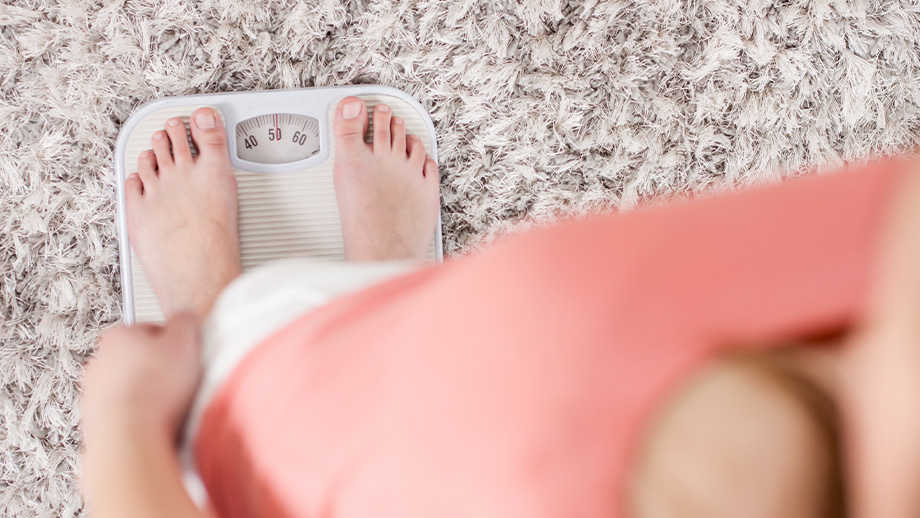
Yoga Supports Weight Loss / Mitarart
5. Sleep, Fatigue & Anxiety
Other common symptoms of PCOS are fatigue and sleep issues. Getting regular, restful sleep can be such a challenge for us PCOS warriors!
There is an alternative type of yoga practice that I find to be immensely beneficial for both symptoms, especially as someone with PCOS: Yoga Nidra (guided meditation). It consists of you lying in a flat, comfortable position on either the floor, a carpet or your bed.
All that is then required is for you to listen to a voice recording and follow along. Yoga Nidra is a tool designed to help your body and mind get some well-deserved rest, without actually falling asleep.
In fact, approximately 30 minutes of Yoga Nidra can be the equivalent of up to 4 hours of sleep! This technique is also very favourable for people struggling with anxiety – another symptom of PCOS that is not spoken nearly enough about.
If you are interested in trying Yoga Nidra, I have created a number of scripts and recordings. Those, along with other mindfulness tools & resources, are available on my website – www.alliance108.io.
If you would like free access, please send a login request via the website and reference Health & Balance Vitamins.
6. Provides A Great Option For Exercise
PCOS is a highly complex, hormonal disorder that affects many people. And as we know, everyone experiences it differently with no ‘one-size-fits-all’ quick fix after the diagnosis.
Fortunately, exercise has many benefits for PCOS. It may reduce anxiety & depression, improve mood, reduce inflammation, improve insulin resistance, and improve menstrual cycles – just to name a few. Yoga can be a great exercise option as it tends to be a gentler all-rounder when it comes to exercise.
It can put less strain and pressure on your muscles and joints than other, high-intensity sports or workouts. There are many different types of yoga, so I recommend getting used to some of the basic asanas before you begin to explore the more advanced postures and poses.
It is also important to see which movements you feel are more beneficial to you and your goals. Personally, I enjoy hot yoga as it is a slightly more intense style – very beneficial for flushing out toxins in your body.
There is also Ashtanga, which is a more repetitive sequence (series) that enables you to add additional poses once you have mastered the previous one.
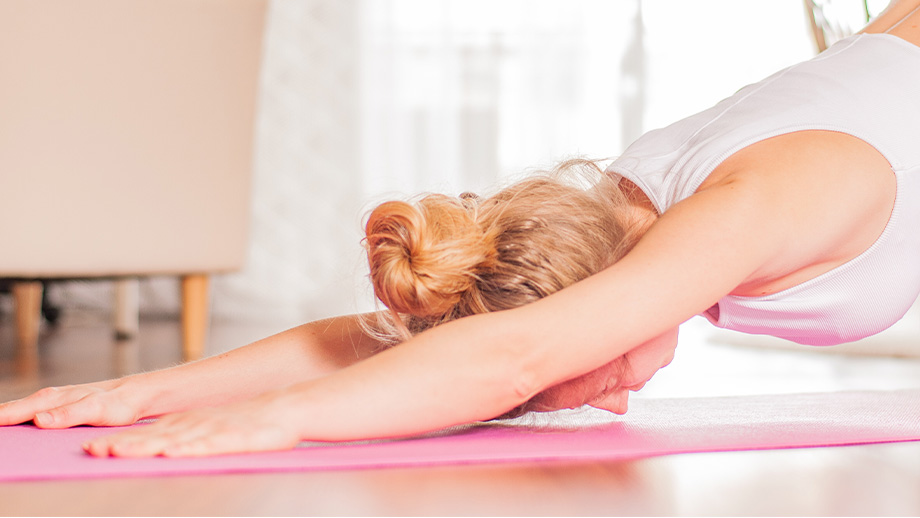
Ashtanga Yoga / Dmytro Flisak
As we have explored, there are many amazing benefits of practising yoga for PCOS. Even if it is for just 5 minutes a day, I can almost guarantee you will find that it has a positive impact on your health once you start – whether it be mental, physical or both!
If you have PCOS, try adding in a regular, beginner-friendly yoga practice to see if it can benefit you and your symptoms.
Beginner-Friendly Yoga Poses For PCOS
If you have never tried yoga before, you might be feeling a little apprehensive but just remember, everyone was a beginner once and we all started on day one. Please don’t think “I can’t do this!”, or feel that you look different to anyone else doing yoga.
It isn’t about what you look like or comparing yourself to others. Yoga means ‘union’, and we should be uniting to make everyone feel like ‘they can’. Yoga is such a beneficial tool that can be incorporated into your life to help you and your PCOS.
Try starting with a few basic asanas and when you start to feel more comfortable, add in a few others. The asanas I have added below are a great place to start.
Mountain Pose [1]
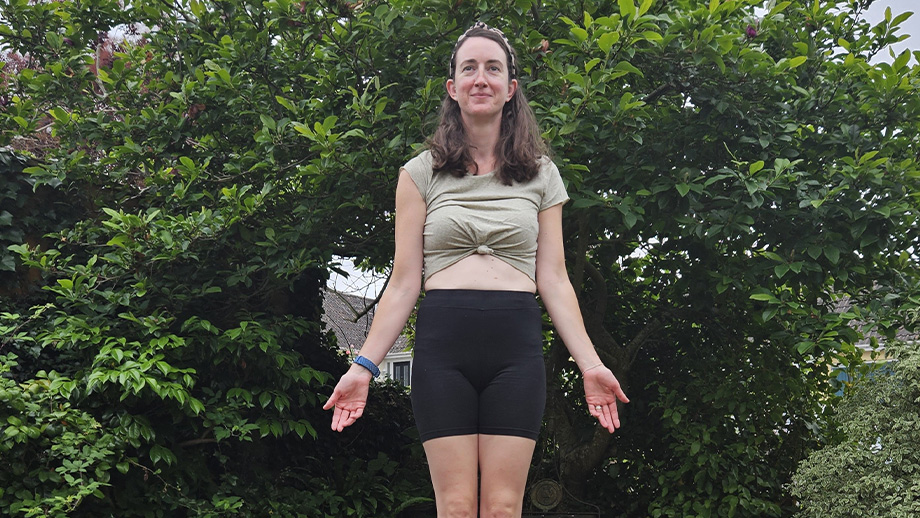
Mountain Pose
Downward Dog [2]

Downward Dog
Easy Pose [3]

Easy Pose
Child’s Pose [4]

Child’s Pose
Savasana [5]
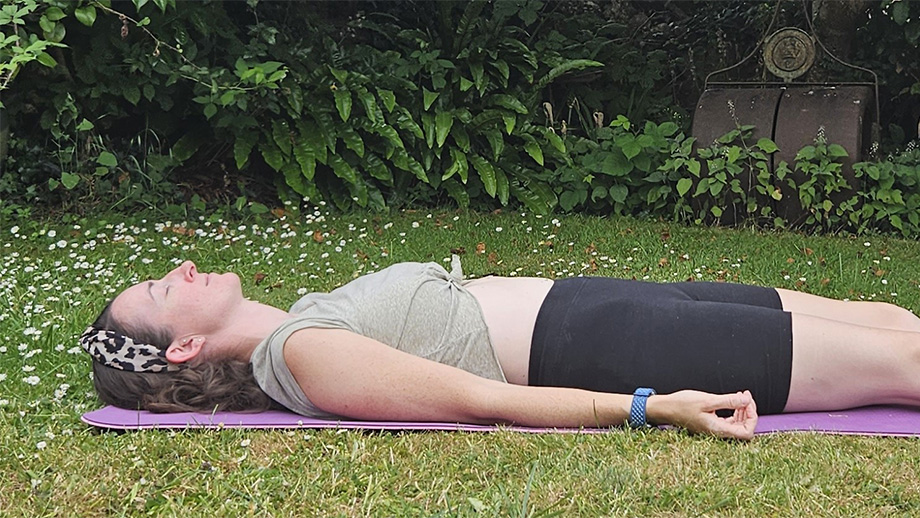
Savasana
Camel (Ustrasana) [6]

Camel (Ustrasana)
Cat/Cow (Marjaryasana/Bitilasana) [7]

Cat/Cow (Marjaryasana/Bitilasana)
Cobra (Bhujangasana) [8]
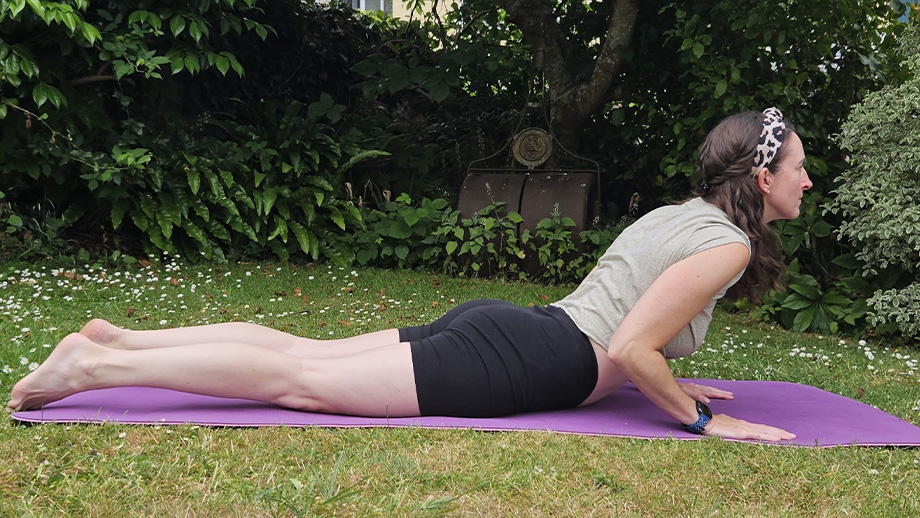
Cobra (Bhujangasana)
There you have it! Yoga can be a really effective tool for PCOS, not to mention enjoyable. Let me know in the comments below how you went with the beginner-friendly asanas.
Try our research-driven supplements, formulated for the unique needs of women with PCOS.
Carefully crafted vitamins that combine the latest science with inspiring results. Supporting hormonal & metabolic health in those who need it most*. With over 2,800 positive reviews.
Find the right supplement for you
